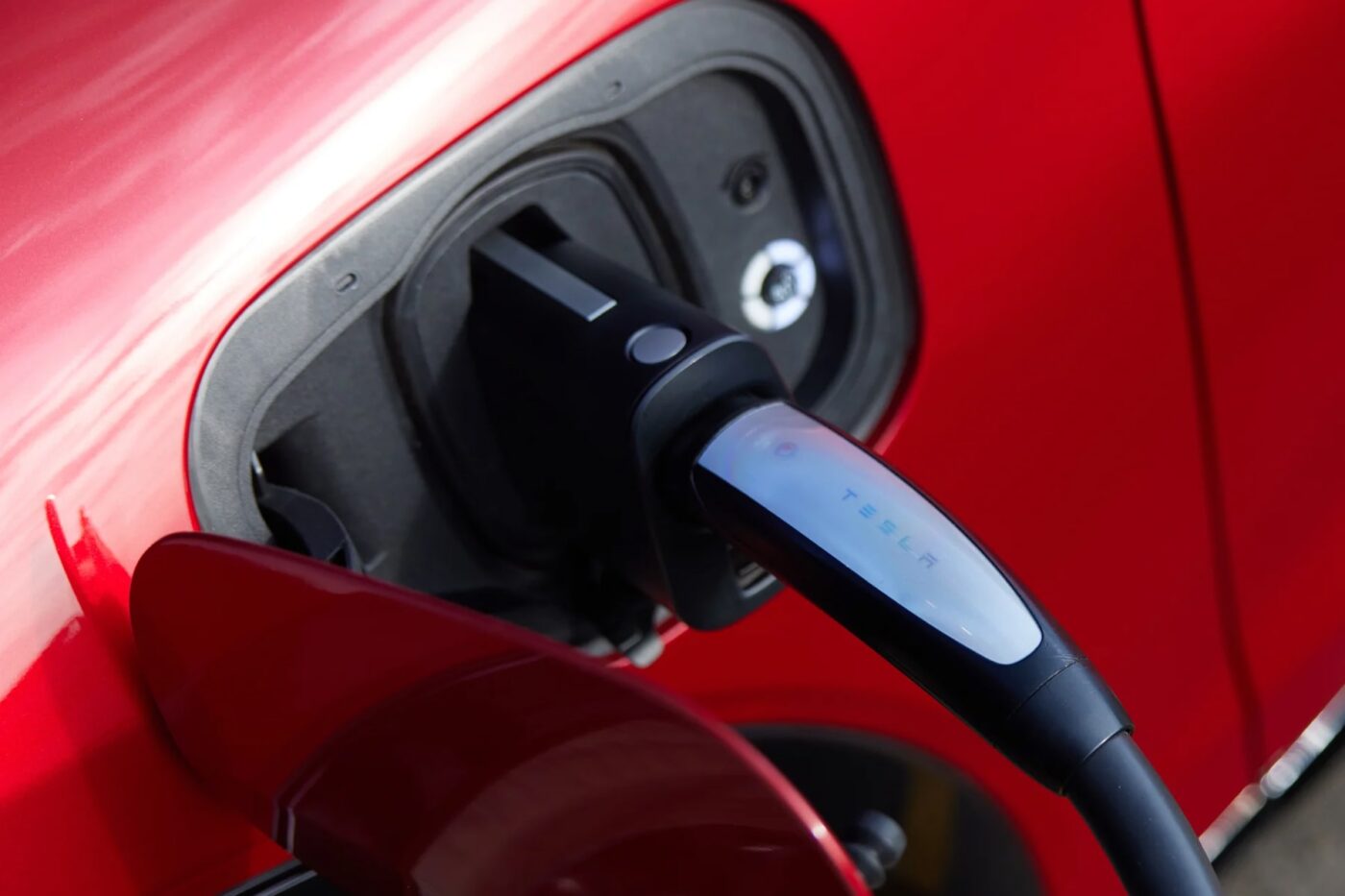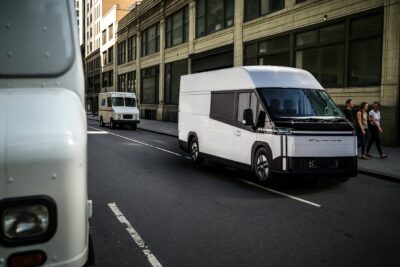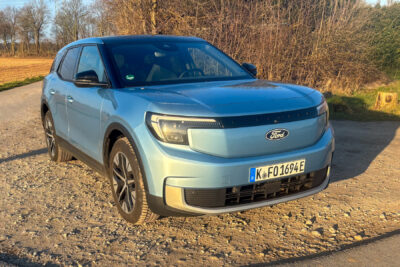US EPA to loosen environmental protections
The EPA has announced its intention to relax regulations on a large scale and, as part of this, to allow higher greenhouse gas emissions for power plants and more exhaust fumes from cars and trucks. However, the Environmental Protection Agency, under the leadership of new agency head Lee Zeldin, remains rather vague: it wants to “reconsider the Model Year 2027 and Later Light-Duty and Medium-Duty Vehicles regulation and Greenhouse Gas Emissions Standards for Heavy-Duty Vehicles,” it says. Because: “In addition to imposing over $700 billion in regulatory and compliance costs, these rules provided the foundation for the Biden-Harris electric vehicle mandate that takes away Americans’ ability to choose a safe and affordable car for their family and increases the cost of living on all products that trucks deliver.”
This rationale shows how the tone at the agency has changed under the Trump administration. As Zeldin himself puts it, “The American auto industry has been hamstrung by the crushing regulatory regime of the last administration. As we reconsider nearly one trillion dollars of regulatory costs, we will abide by the rule of law to protect consumer choice and the environment.”
Under predecessor Joe Biden, the EPA adopted the final emissions targets for new cars and vans up to 3.8 tonnes (original term: ‘light-duty vehicle fleet’) from model years 2027 to 2032 last year. These were weakened compared to the Biden government’s earlier plans – but only initially. The goal of significantly reducing emissions by 2032 remained. The aim is to initially allow manufacturers more flexibility in the drive mix, but still achieve almost all of the previously promised reduction in CO2 fleet emissions by the end.
In the version that came into force in 2024, emissions are to be reduced by 49 per cent by 2032 compared to the 2026 level. Specifically, the requirements stipulate that manufacturers must remain below a fleet limit of 170 grams of CO2 per mile in 2027. The requirements will gradually become stricter until 2032, culminating in a target of 85 grams per mile in 2032. In addition to CO2 savings, the regulations also require OEMs to significantly reduce nitrogen oxide and particulate matter emissions.
At the time, the EPA emphasised that the new regulations do not prescribe a specific type of drive but that car and van manufacturers can decide how they want to achieve the relevant CO2 fleet limits – at least in theory. Last spring, the US Environmental Protection Agency assumed that the regulations would mean that between 2030 and 2032, a range of 30 to 56 per cent of new car sales would have to be electric in order to meet the targets.
Under Trump, the regulations for light, medium and heavy commercial vehicles are now to be scrutinised once again. The terminology commonly used in the USA should be noted here. In the United States, ‘light commercial vehicles’ also include many passenger cars such as SUVs – and since the term “more affordable car for their family” is mentioned above, the announced review (of the new limits just described) certainly applies to the private vehicle market.
Perspective CO2 fleet limits have also been in place for medium-duty commercial vehicles since last spring. This affects vehicles in US classes 2b and 3, which include pickups and vans with a gross vehicle weight of 3.8 to 6.3 tonnes. The new ‘medium-duty vehicle standards’ are to start at 488 grams of CO2 per mile in 2027 and gradually increase to a value of 274 grams of CO2 per mile in 2032.
The Biden administration also adopted a set of regulations for heavy-duty vehicle emissions in April 2024. In principle, the requirements for heavy commercial vehicles are more complex, as different limit values are introduced depending on the type of vehicle and its intended use. However, these can only be achieved with a certain percentage of zero-emission vehicles. As an example, the EPA stated last year that around 30 per cent of heavy-duty commercial vehicles would have to be emission-free by 2032 in order to achieve the targets. For short-haul tractor units, the estimate is 40 per cent, for long-haul trucks 25 per cent.
In the USA, heavy commercial vehicles include delivery vans, refuse lorries or tipper trucks, public utility trucks, transit, shuttle and school buses. Tractors, as a further category, are primarily used to transport goods. The standards adopted in 2024 continue the existing regulation for heavy-duty vehicles, which the EPA adopted in December 2022.





0 Comments